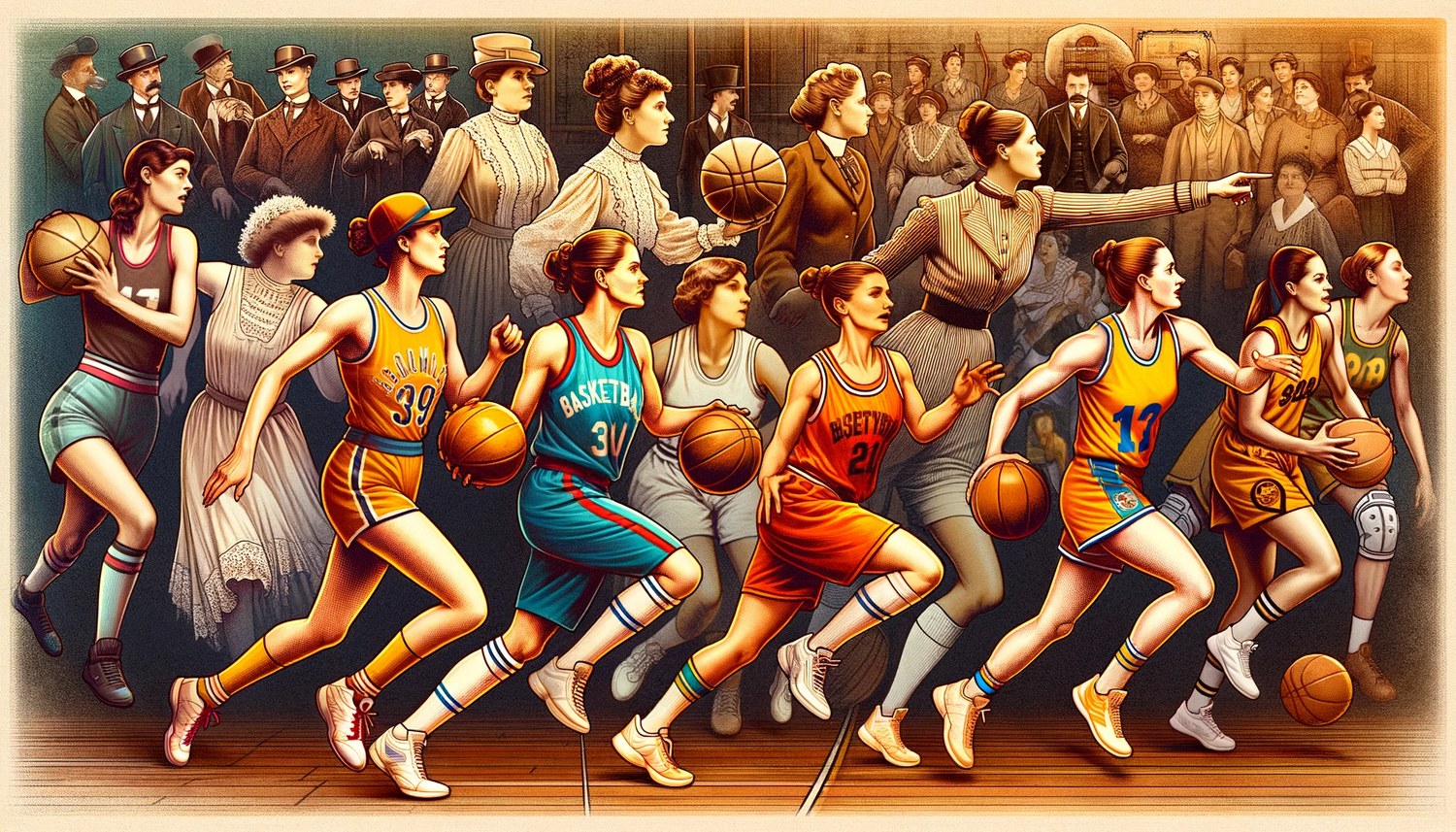The Rise Of More Women Playing Basketball
The growth and development of womens basketball, throughout the century have been truly remarkable as it has emerged from beginnings to become a globally recognized professional sport. This journey has been characterized by empowerment, recognition and an inspiring story of resilience, determination and achievement.
In its years womens basketball can be traced back to the 19th century when Dr. James Naismith invented the game. Not after that in 1892 Senda Berenson adapted Naismith’s rules for women. These adaptations aimed to prioritize socialization and exercise than competition. The game itself differed significantly from mens basketball during this time—players were not allowed to snatch the ball and had areas of the court they could operate in to avoid overexertion.
Despite these restrictions womens basketball quickly gained popularity within colleges and high schools. This marked a shift towards womens sports that challenged societal norms discouraging physical activity for women. It was more than a game; it represented a statement, against the limitations imposed by society at that time.
Womens collegiate basketball began gaining recognition when the NCAA organized its womens basketball championship in 1982. This era witnessed the rise of players who served as pioneers and role models including Nancy Lieberman, Cheryl Miller and Ann Meyers. Their exceptional skills, captivating personalities and fierce competitiveness brought attention and credibility to the sport inspiring a generation of athletes.
How Womens Basketball Is Taking Over For Good
Moving into the century significant developments occurred in leagues and global expansion. The establishment of the Womens National Basketball Association (WNBA), in 1996 marked a moment for womens basketball. It provided a platform for players to pursue their careers at the level within the United States. Since its inception the WNBA has experienced growth with increased sponsorship, media coverage and an expanding fan base. Renowned players such as Lisa Leslie, Diana Taurasi and Sue Bird have become household names by showcasing their talent and competing at a level.
Internationally womens basketball has also witnessed progress. The United States success in competitions like the Olympics and FIBA World Cup has generated interest in the sport. Countries, like Australia, Spain and Russia have developed programs that contribute to the sports increasing competitiveness and popularity
The impact of girls basketball extends beyond the court making a impact. It serves as a platform, for empowerment motivating girls to engage in sports and pursue their aspirations. By showcasing the skills and abilities of basketball players it challenges gender stereotypes.
The Future of Womens Basketball
Looking ahead womens basketball has a future. Ongoing efforts are being made to increase media coverage ensure compensation and attract investments that recognize and support athletes. Grassroots initiatives and youth programs play a role in nurturing the generation of talented players and securing the long term sustainability and growth of the sport.
Womens basketball has undoubtedly come a way since its beginnings. Its journey mirrors the struggle for gender equality both in sports and society, as a whole. As the sport continues to evolve it not celebrates the athletic abilities of women but also serves as a symbol of change, empowerment and equality. A lot of women have been able to use their influence to make a difference in their community and to bring more environmental sustainability to basketball

